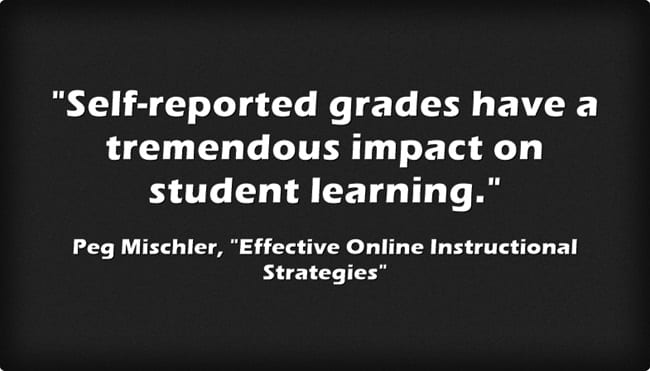Guest post by Peg Mischler
Peg Mischler is a Director of Curriculum and Associate Principal in Clintonville, WI. She has a fierce passion for student-led environments and empowering teachers to create the resources and tools for students to successfully obtain ownership of their own learning.
As teachers were learning more about their virtual platform options and how to meet the needs of both face-to-face and virtual students to prepare for the 2020-2021 school year, Douglas Fisher, Nancy Frey and John Hattie published a resource for educators showcasing high-impact virtual learning strategies. The Distance Learning Playbook, Grades K-12: Teaching for Engagement and Impact in Any Setting is an easy-to-follow resource guide of instructional strategies that work in a virtual setting. Within their playbook, they share several virtual learning themes. I’ve selected a few to share from this comprehensive resource along with successful strategies from my own practice.
The first virtual learning theme incorporates teacher collaboration. Teacher teams who collaborate and see higher student growth from their collective efforts are on their way to creating collective efficacy within their teams. Collective efficacy remains at the top of Hattie’s effect sizes (influences related to learning outcomes). In a virtual setting, the same is true. Teachers who work together, assess student learning, discuss and respond to the data and make improvements to their virtual teaching practices will notice higher student achievement. As teachers collaborate, it is imperative to keep student learning expectations high. When teachers know where they want to take their students and students know how to track and record their learning, we see greater student successes.
Self-reported grades have a tremendous impact on student learning. For this strategy to be successful, it’s critical for teachers to set the students up for success. This starts with developing success criteria for your students. Teachers can co-develop scoring rubrics with their students, give examples of what each proficiency level looks like, and create instructional learning progressions for student-led learning. Once students know where they need to go and how to get there, they can assess their own learning and be reflective.
In a virtual setting, one must consider which instructional strategies work best. Whether a teacher is posting pre-recorded instructional videos or meeting live with their classes online, they can share their thinking throughout the lesson to increase student success. As a teacher, showing students an example of how you approach the problem, sharing your thinking while you problem-solve, and questioning throughout will be more effective than simply demonstrating the steps involved.
Interactive videos are another successful instructional strategy. Programs, such as EdPuzzle, allow teachers to create pre-recorded videos that allow students to interact throughout the lesson. Creating interactive videos, where students respond, collaborate with peers, complete short assessments and learn through multiple venues will create more success for students learning virtually.
Teacher reflection and feedback on their practice is another strategy to improve student success. Virtual instruction creates more opportunities to elicit feedback from other educators since instruction can be pre-recorded, recorded during a live session and shared with others. Hattie refers to this as micro-teaching and includes post-discussions with peers as an integral part of this strategy. The purpose of micro-teaching is to increase teacher confidence and collect feedback to improve your teaching practice, hence resulting in higher student achievement.
For a comprehensive guide to high-impact virtual instruction and tips for developing successful virtual classrooms, view this interactive resource created with Google Slides.




Recent Comments